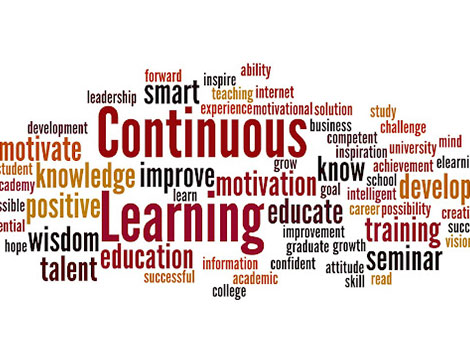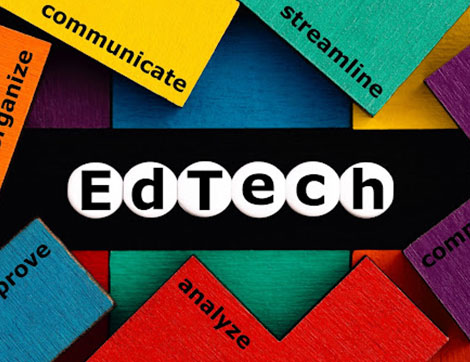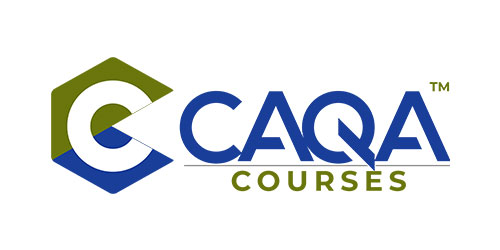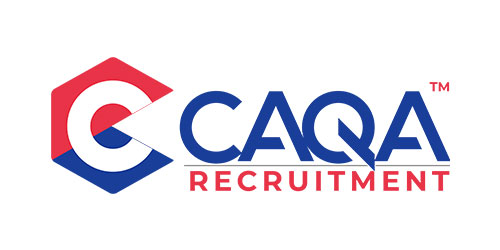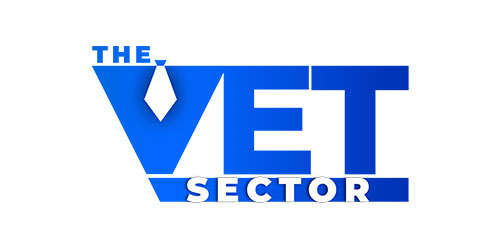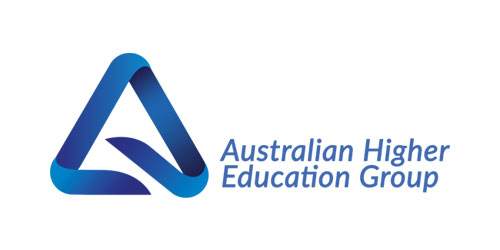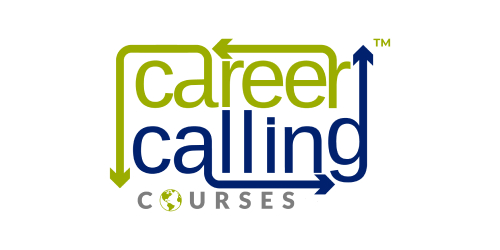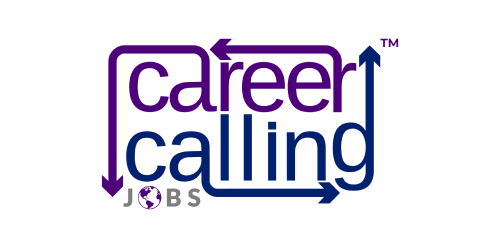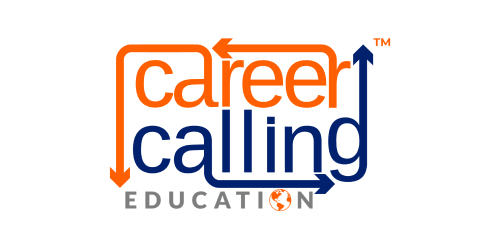
News
As more and more training organisations move their operations online, the demand for high-quality e-learning content is skyrocketing. But what makes for high-quality e-learning content? And how can you ensure that your content considers the demographics of your learners?
There’s no one-size-fits-all answer to these questions, but there are some general principles that you can follow to create e-learning content that is both high-quality and learner-centric.

First, let’s define what we mean by high-quality e-learning content. Generally speaking, high-quality e-learning content is:
Engaging: It should capture the learner’s attention and hold it throughout the duration of the lesson.
Relevant: It should be directly applicable to the learner’s job or role.
Scaffolded: It should be presented in a way that is easy for the learner to understand and follow.
Interactive: It should encourage learner participation and interaction.
Consider the demographics:
When it comes to creating high-quality e-learning content, it’s important to consider the demographics of your learners. Demographics can play a significant role in determining how well learners will be able to engage with and understand your content.
To ensure that your content is accessible and engaging for all learners, it’s important to consider the following factors:
Group characteristics: What are the common characteristics of your learner group? Are they diverse in terms of age, gender, culture, or language? How much prior experience do they have with e-learning?
Context: In what context will learners be accessing your content? Will they be using a desktop computer or a mobile device? Will they be taking an online course or attending a live event?
Prior knowledge: What prior knowledge do learners need in order to understand your content? Are there any prerequisite concepts that they need to be familiar with?
Learning preferences: What are the preferred learning styles of your learners? Do they prefer visual, auditory, or kinesthetic learning modalities?
Accessibility needs: Are there any learners with special accessibility needs? Do they require closed captioning, audio descriptions, or text-to-speech features?
By taking into account the demographics of your learners, you can create e-learning content that is more accessible and engaging for all.
With these criteria in mind, let’s look at how you can create high-quality e-learning content that considers the demographics of your learners.
If you’re catering to a global audience, it’s important to consider language barriers when creating your content. Make sure that your text is clear and concise, and avoid using jargon or idioms that might not be universally understood. If possible, provide translations of your content into multiple languages.
If you’re creating content for a diverse group of learners, it’s also important to consider cultural differences. Be aware of any potentially offensive or insensitive material, and avoid making any assumptions about the learners’ backgrounds or experiences.
Finally, keep in mind that not all learners are created equal. Some learners may have difficulty understanding complex concepts, while others may struggle with reading comprehension. When creating your content, try to use a variety of media (e.g., text, audio, video) to appeal to different learning styles. And make sure to provide plenty of opportunities for practice and feedback so that all learners can master the material.
By following these guidelines, you can create high-quality e-learning content that is inclusive of all learners.
 1800 961 980
1800 961 980 info@careercalling.com.au
info@careercalling.com.au


